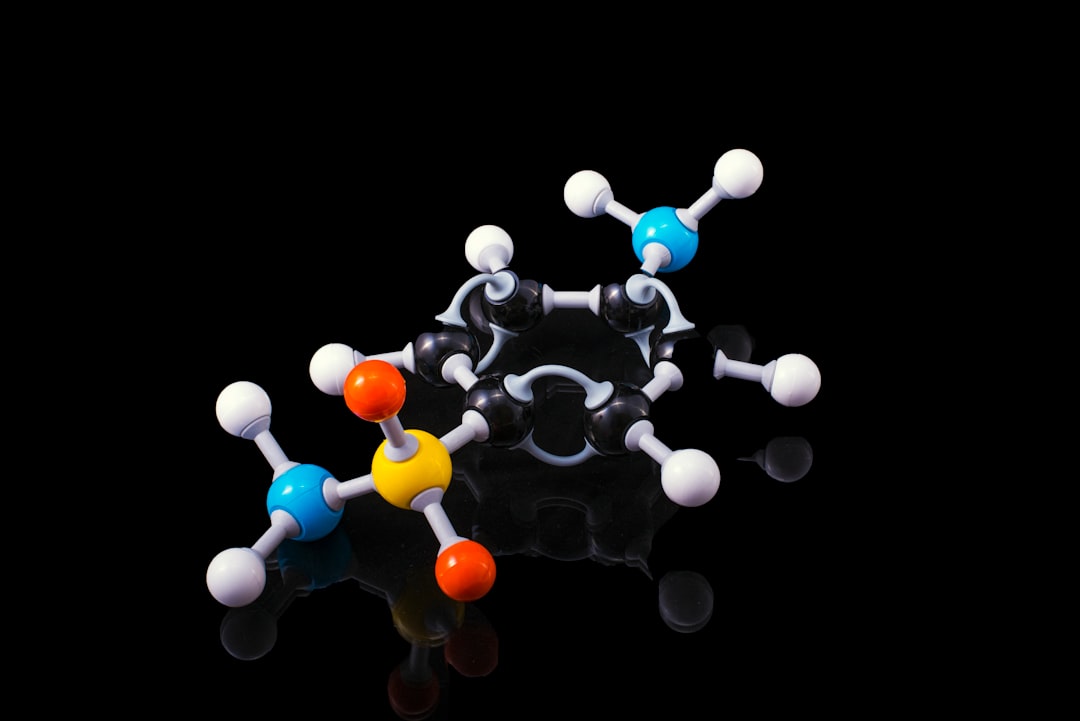What is it about?
This study examines the wave energy potential in the Caribbean Sea by analyzing a 30-year wave hindcast. The focus is on the influence of the Caribbean Low-Level Jet (CCLJ), a strong easterly wind, on wave climatology. The wave hindcast is validated with altimetry and buoy data, and the results are used to assess the wave energy potential in the region. The findings highlight the suitability of the CLLJ area for wave energy extraction and emphasize the importance of considering spatial gradients for device installation. The study also emphasizes the viability of locally generated wave energy for future technology development.
Featured Image

Photo by Mathyas Kurmann on Unsplash
Why is it important?
Understanding the wave energy potential in the Caribbean Sea is crucial for renewable energy planning and sustainable development in the region. This study addresses the gap in knowledge by analyzing long-term wave hindcast data and validating it with actual measurements. By identifying the influence of the CCLJ on wave climatology, the study provides insights into suitable areas for wave energy extraction. This information is valuable for policymakers, energy planners, and researchers working on harnessing renewable energy sources, enabling them to make informed decisions and prioritize the development of wave energy technologies in the most viable locations.
Perspectives
As the leading author of this publication, I am excited to present the findings of our study on wave energy potential in the Caribbean Sea. Our motivation stemmed from recognizing the importance of renewable energy sources and the region's need for sustainable energy solutions. By utilizing a comprehensive dataset and advanced analysis techniques, we were able to assess the wave energy potential and identify the CLLJ region as a promising area for wave energy extraction. This publication represents a significant contribution to the field, providing valuable insights for policymakers and energy planners in their efforts to transition to clean and renewable energy sources. I hope these findings will pave the way for further research and technological advancements in wave energy harnessing, ultimately contributing to a more sustainable and resilient future for the Caribbean region.
Christian Appendini
Universidad Nacional Autonoma de Mexico
Read the Original
This page is a summary of: Wave energy potential assessment in the Caribbean Low Level Jet using wave hindcast information, Applied Energy, January 2015, Elsevier,
DOI: 10.1016/j.apenergy.2014.10.038.
You can read the full text:
Contributors
The following have contributed to this page










